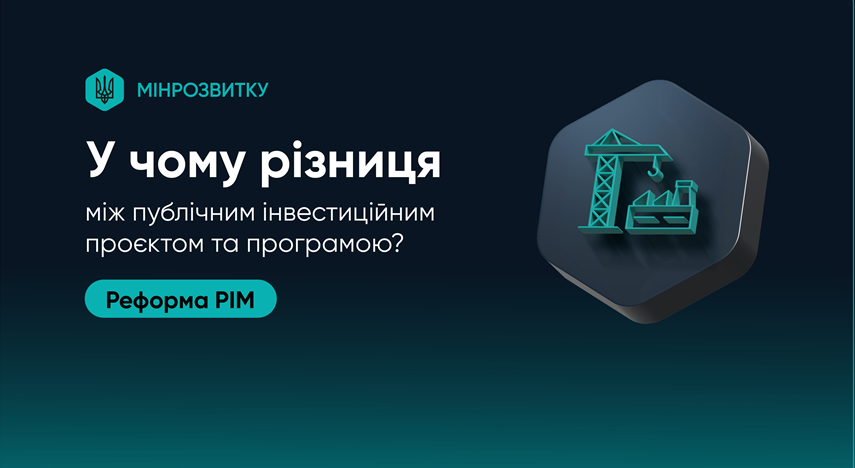Doing business

The public investment management reform was launched three years ago with the Roadmap for Reforming the Public Investment Management System, and its main processes, terms, and concepts are now standardized. However, the transition phase is still ongoing: the government is implementing the reform while continuing to implement projects that are already underway.
This year, the founding processes are being launched simultaneously in pilot mode in accordance with the public investment management system. This involves the adoption of the Medium-Term Plan for 2026-2028 together with the Budget Declaration, work on the Single Project Pipeline for 2026 (SPP-2026), the formation of public investment programs and projects, etc.
The SPP-2026 contains 60 public investment programs that are consistent with the Medium-Term Plan and are prioritized for implementation. Regions and communities will soon have the opportunity to add their own public investment projects to the programs of ministries. The Single Project Pipeline also includes public investment projects.
What is the difference between projects and programs?
A public investment project is a project aimed at creating, updating, reconstructing, or restoring public property in a specific sector. Examples include large infrastructure projects such as the construction of a water pipeline, the renewal of a fleet of locomotives or passenger cars, the modernization of a water supply system, or the construction of a series of facilities as part of integration into the Trans-European Transport Network.
All current projects that are funded by international financial organizations and are currently being implemented will be included in the Single Project Portfolio as projects this year. However, in a few years, they will be included as programs, and the selection of projects for them will be carried out according to the public investment management system. This is due to the transitional phase, when the Medium-Term Plan for 2026-2028 and the Single Project Pipeline for 2026 are being formed taking into account projects that are currently being actively implemented.
Public investment projects that have a common goal and require coordinated implementation can be combined into public investment programs to achieve a single goal. For example, if it is necessary to modernize heating systems and install solar panels and generators for several hundred schools, it would be inefficient to create several hundred separate projects — instead, they are all included in the energy efficiency program for public buildings.
Or, projects can stay outside the program and exist alongside it, if we’re talking about big infrastructure projects.
Currently, the state’s SPP-2026 has been approved, and the development of regional and community medium-term plans has already begun. They will use SPP-2026, Medium Term Plan and the Budget Declaration for 2026-2028 as a framework for forming their own relevant documents and projects.
When preparing projects, it is worth familiarizing yourself with the public investment programs in the SPP-2026 and making sure that it is possible and advisable to submit them there. The programs have their own frameworks, goals, expected results, etc. Therefore, projects that meet the requirements and criteria of the program can be included in it and, accordingly, prioritized as part of a major state initiative.
For communities, regional state administrations, and other ministries that initiate projects, it is important to understand the architecture and logic of the PIM reform in order to start developing projects correctly from the outset. This will allow them not only to align their projects with national strategies, but also to create a clear vision for the future, which significantly strengthens their position in the competition for funding.
Source: https://mindev.gov.ua